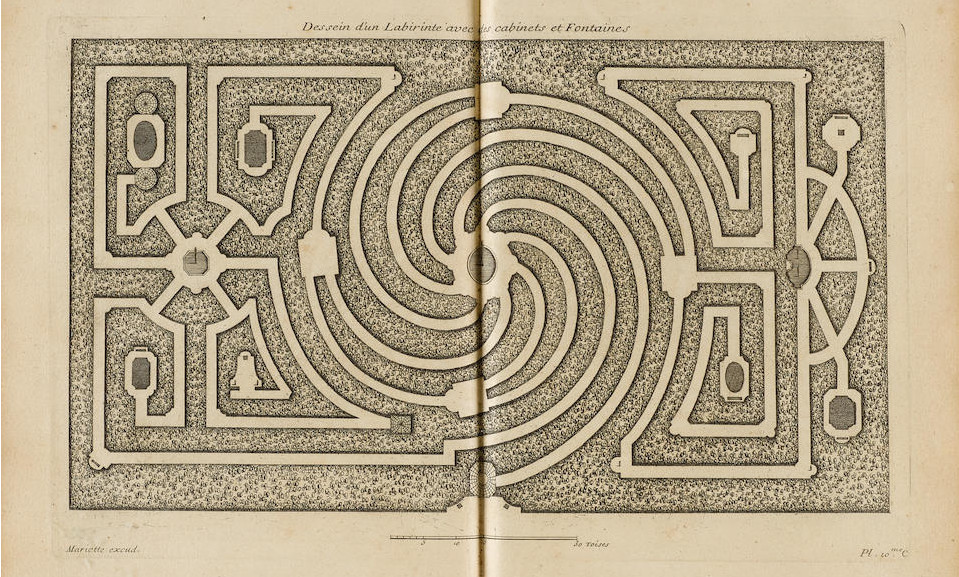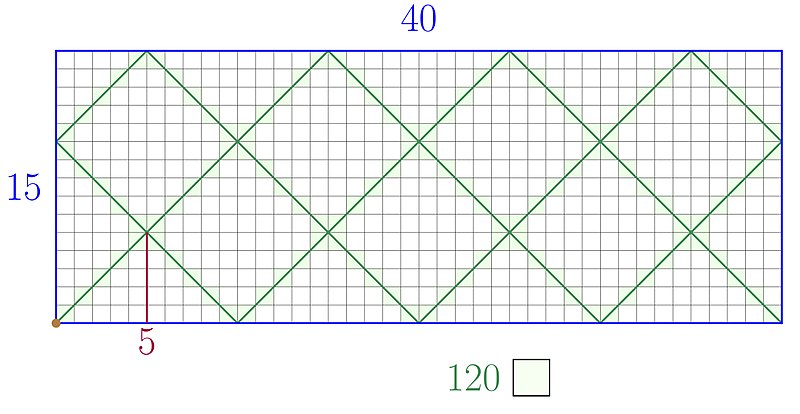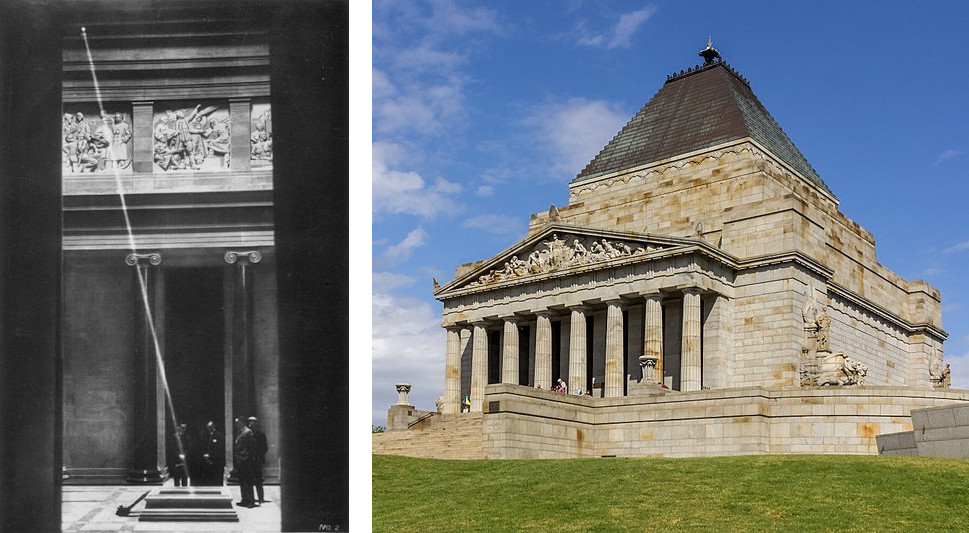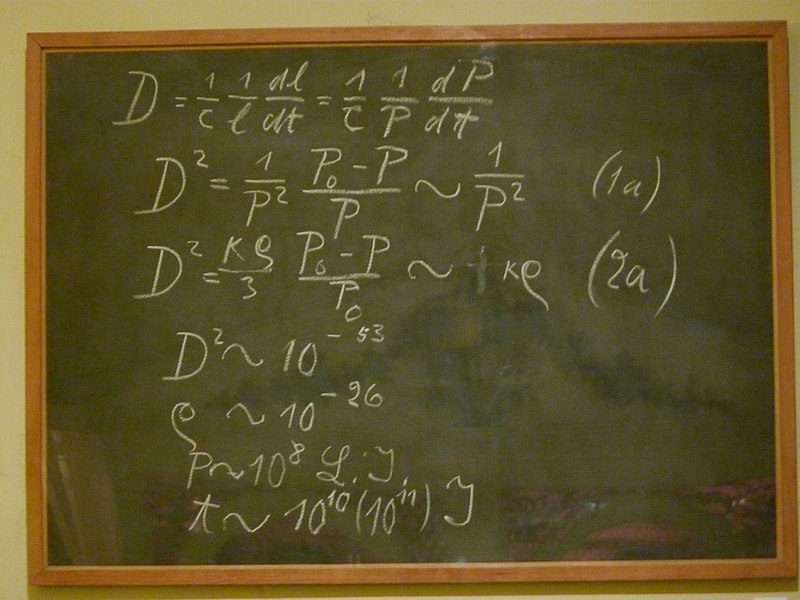Visitors to La Granja, Philip V’s retreat overlooking Madrid, may have found this unusual labyrinth a bit too involving. It’s a “vortex maze”: It “leads you directly to the centre, but its spiralling options for exit are your undoing,” explain Angus Hyland and Kendra Wilson in The Maze: A Labyrinthine Compendium (2018). “On paper, it is a beautiful design, and in reality it is almost twice as large as the ‘record-breaking’ maze at Longleat, made 250 years later.”
Philip’s French landscapers drew it from La théorie et la pratique du jardinage, the best-selling gardening manual published by Antoine Joseph Dezallier d’Argenville in 1709.






